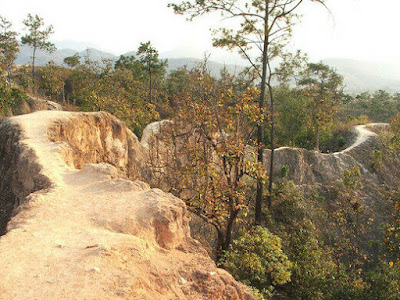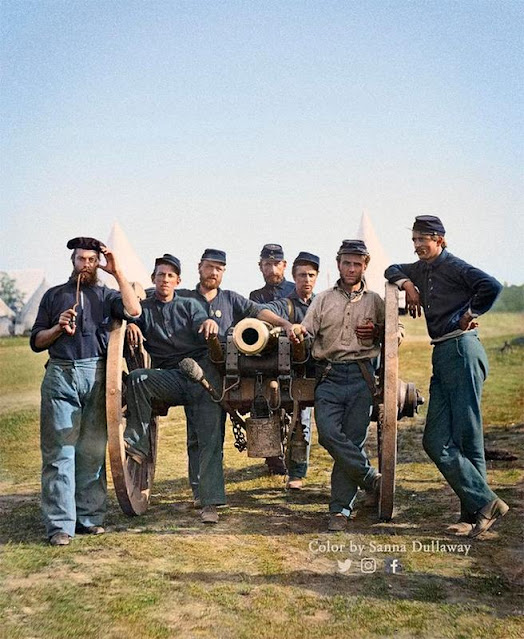PAI CANYON
- THAILAND -
G'day folks,
This bizarre dirt trail winds a narrow path above the tree line.
With treacherous drops on either side of the path, the elevated trail through Pai Canyon (Kong Lan in Thai) is not a place for a casual stroll, but it will provide visitors with an unparalleled view of the surrounding landscape.
After climbing a short staircase on the Western edge of the canyon hikers will see a narrow ridge of Earth, all that remains of a walking path through the canyon. Erosion on either side of the path has caused the forest level to drop dramatically with only the tips of the plants rising above the level of the path. With drops of up to 30 meters on either side of the strange trail, traversing it can be dangerous.
The walk up to the first viewpoint is easily accessible to anyone even with a moderate level of fitness. However, the paths leading further vary widely in width, steepness, and danger. At points, the width of the land narrows to little more than foot wide ridges that must be scrambled across. At other points, the paths turns almost vertical and requires some climbing to go farther. Despite the slight dangers of the Pai Canyon it is a popular attraction in the region.
Clancy's comment: A great place to view the extraordinary landscape, and wildlife.
I'm ...



















































